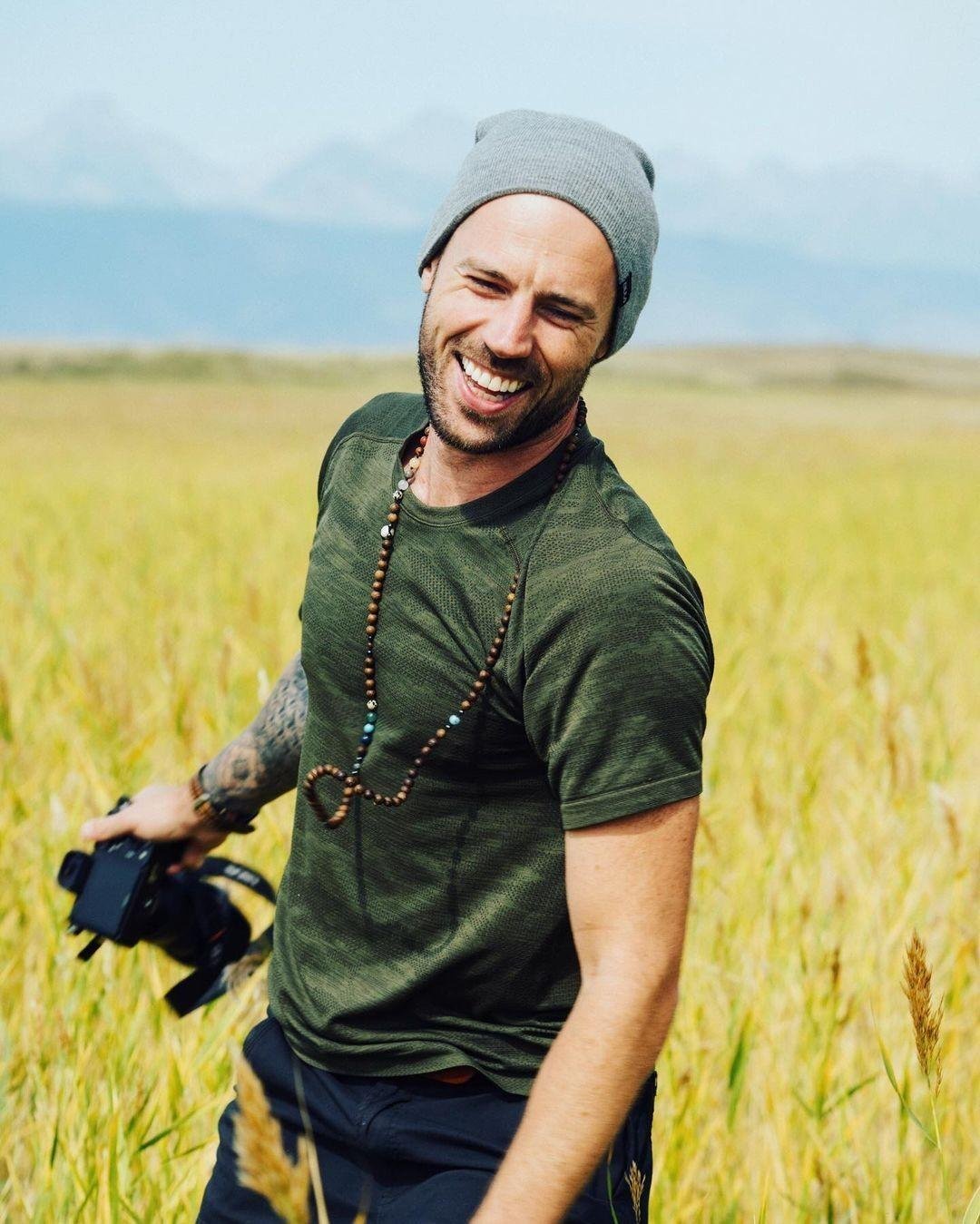England –
British artist Nick Gentry is best known for his floppy disk paintings and film-negative artworks. He is keen on recycling obsolete media and re-using personal objects as the central theme for his work that has been exhibited in cities around the world. Emaho in conversation with Nick about his vision for social art from what today is the obsolete.
Emaho : How did you come to realise that art is your forte? Your Eureka moment, if you will.
Art has always been the way that I prefer to express myself, so I didn’t have any Eureka moments as such. There was never a single defining moment with regards to becoming an artist either. At times inspiration and energy can fluctuate. There are many frustrations and great breakthrough moments, but overall it’s a long journey that requires a lot of patience and commitment.

Emaho : Were you always inclined towards alternative/new wave media, as opposed to the traditional easel-canvas-paintbrush?
I have always wanted to do something different with my art, but that is not at the expense of traditional practice. I love sketching and life drawing and that variety helps to improve creativity. Counter to the technological changes in the way that we now work; there is something very special about undertaking a simple and primeval practice like drawing or painting. I combine these fundamentals with non-traditional materials to create something unique.
Emaho : Talking about Interface, why floppy disks; quest for novelty or crusade for redemption? And what are the other media you have experimented with/are planning to explore to redefine canvas for the world?
Sometimes experiments and ideas just happen and retrospectively they seem to have substance, so you build on what you have. A floppy disk is a metaphor for some of the changes that have taken place during this generation. Time has a way of clarifying change.
History and identity are important elements to me. I’m interested in the way that we preserve memories and how they can blur with time. I use objects that are already loaded with a life story. It occurred to me that used film negatives and x-rays could relate to a lot of those ideas, so I will be creating a series of portraits using those materials as the subject.

Emaho : If recycling of discarded material motivates you, do you view art as a means to an end or as an end in itself?
I see art as part of the circle of life. Life informs art and art is an intimate view of life. They are one and the same, so they feed each other. Nothing really ends or dies; it only contributes to another form. Nothing is lost or wasted.

Emaho : Tell us about your book Obsolete. What brought that on?
I have released a lot of paintings into the world now and to me it’s a convenient way to look back at what I have done as a complete series. To maybe see what worked and what didn’t, helps progression. For other people it’s a chance to see a collection of my best work in one book.
Emaho : Are you content with the state of art today, in terms of conception, reception as well as perception?
I’m not content with the state of art today in any of those terms. There is a lot to love about the art world with so many great masterpieces, but we need to have that feeling that it can always be improved. To me there is still a distance between the art, artist and viewer. Fundamentally, I want to unite all three with my work by making it open and collaborative (more). There’s an incredible opportunity to revolutionise the way that art is created and received. I wouldn’t change my time or place in the world at all as I think we are going through the biggest changes of human history right now. It’s an exciting time to be alive and change is what inspires great art.

Emaho : There’s a unique amalgamation which forms the core of your artistic style: that of technology and anthropological identity; both dynamic, both a mirror of evolution in time. Are you reminiscing about the past, trying to capture time through your art or celebrating the inevitability of change?
‘A mirror of evolution in time’ is a good way to put it. We only really have the past as a reference to the experience of our lives in the present. I’m looking to use an object from our recent past to highlight the way the world changes. Art allows us to capture unique snapshots of time. An object can remain physically in the same state, but the passage of time leads us to view it in a totally different way.

Emaho : Staying with the subject of technology, do you think in this Internet age, art is winning because of a wider reach or losing out because of the minimization of exclusivity?
It really can only be a good thing that more people are experiencing art. Art is subjective, with no clear way to define ‘good’ or ‘bad’ art. We are getting more choice, but with that we get more ‘noise’, so the key is to find a way to connect with only the things that resonate on a personal level. That is one of the reasons why the connection between art and the viewer must be strengthened.
Emaho : What inspires Nick Gentry?
Change is my biggest inspiration. It’s present in everything, in a beautifully infinite range of subtlety. The face of a person will change every day and even at every moment. It depends of the viewpoint and how closely you look. The idea that everything should change is what pushes me to create something new every day.

Emaho : In one of your interviews you admitted that as a child, Leonardo Da Vinci greatly inspired you. Can we expect Mona Lisa on a floppy disk or an X-Ray in the future?
I have painted the Mona Lisa once before. The thing I admire most about Da Vinci is his versatility. If you look at the range of his creative output, then it’s impossible to label him as anything in particular. This world has an obsession with labelling and categorising, but he completely defied that – and that is what made him a true revolutionary. That is the core of creativity. His inventions and studies with anatomy did so much to influence his drawing and painting. That variety of practice nurtures a highly creative mind.

Emaho : What does the near future hold for you?
I’m showing a new series of x-ray and negative works at a solo exhibition in April 2013 at the Robert Fontaine gallery in Miami. I will be showing at SCOPE art fairs in New York and Basel. Later in the year there will also be a group shows with C24 gallery in New York and the Opera gallery in London.
Artwork by – Nick Gentry
Art & Culture Interviewed by – Suchi Kedia









